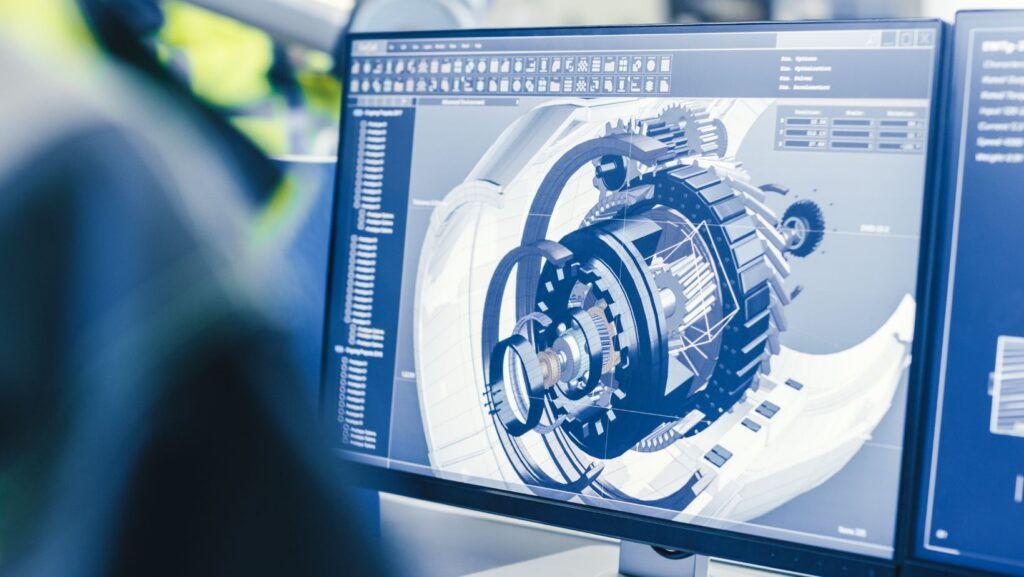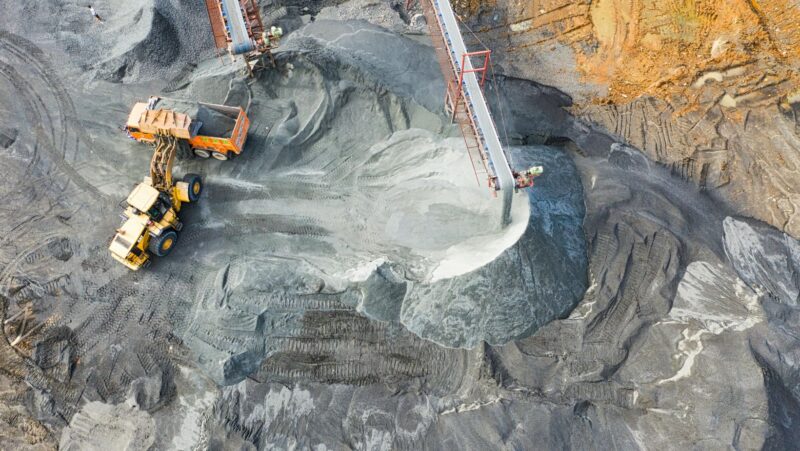
Engineering has always sought to understand and control the behavior of fluids in motion. Whether it is air flowing over an aircraft wing, water moving past a ship’s hull, or wind interacting with a turbine blade, the principles of fluid dynamics define performance, efficiency, and safety. In the digital era, engineers no longer rely exclusively on physical testing or expensive prototypes to analyze these forces. Instead, they turn to Computational Fluid Dynamics (CFD), a powerful simulation tool that models fluid behavior under countless conditions.
Within this field, CFD aerodynamics plays a central role in designing efficient, sustainable, and safe systems. From maritime engineering to aerospace and renewable energy, CFD aerodynamics enables engineers to test, refine, and optimize designs with unparalleled accuracy. This article explores what CFD aerodynamics is, its applications across industries, its advantages over traditional testing, and the innovations shaping its future.
What is CFD Aerodynamics?
At its core, CFD uses numerical methods and algorithms to solve and analyze problems involving fluid flows. Aerodynamics, a branch of fluid dynamics, focuses on the study of air and other gases in motion, especially their interaction with solid objects such as wings, car bodies, or turbine blades.
CFD aerodynamics combines these two fields: it leverages digital simulation to predict how air moves around an object, how pressure is distributed, and how forces like lift and drag are generated. Using mathematical models and computational grids, engineers can recreate conditions ranging from calm airflow to turbulent storms.
One of the major advantages of CFD over traditional wind tunnel testing is flexibility. Engineers can simulate extreme conditions—such as supersonic speeds or rare atmospheric environments—that would be expensive or impossible to reproduce physically. Additionally, design iterations can be tested virtually, reducing the time and cost associated with building prototypes.
CFD aerodynamics is not meant to replace experimental testing entirely but rather to complement it. By combining digital simulation with physical validation, engineers achieve the most reliable and efficient design process.
Applications in Ship Propulsion and Marine Engineering
While aerodynamics often brings to mind aircraft, it also plays a vital role in the maritime industry. Ships moving through water experience resistance not only from the fluid itself but also from the air above the surface. Optimizing both hydrodynamics and aerodynamics is essential for improving performance.
In ship propulsion, CFD aerodynamics supports the design of hulls, superstructures, and propellers. For instance, the airflow around the upper parts of a vessel can create additional drag or turbulence, which increases fuel consumption. By simulating airflow patterns, designers can refine ship structures to reduce resistance and improve overall efficiency.
Moreover, advanced propeller and hull integration relies on CFD tools to assess how air and water interact simultaneously. Engineers use these insights to minimize cavitation, vibration, and noise, leading to smoother operations and better fuel economy.

Passenger vessels, such as ferries and cruise ships, also benefit from CFD aerodynamics. Reducing aerodynamic drag enhances comfort by lowering vibration and noise levels, while also ensuring compliance with increasingly strict environmental standards.
In short, CFD aerodynamics has become indispensable for maritime engineers aiming to design vessels that are both cost-effective and environmentally sustainable.
CFD Aerodynamics in Aviation and Automotive Industries
The aerospace industry is perhaps the most obvious beneficiary of CFD aerodynamics. Aircraft design depends heavily on understanding how wings, fuselages, and engines interact with airflow. Engineers use CFD to optimize lift-to-drag ratios, enhance fuel efficiency, and ensure stability in diverse flight conditions.
Modern aircraft development cycles rely on thousands of CFD simulations before a single prototype takes flight. These simulations help determine wing shapes, optimize engine inlets, and evaluate performance at both subsonic and supersonic speeds. The result is safer, more efficient, and more environmentally friendly airplanes.
Similarly, the automotive industry uses CFD aerodynamics to refine vehicle designs for performance and efficiency. High-performance sports cars, for example, rely on simulations to minimize drag while maximizing downforce, ensuring stability at high speeds. Even everyday passenger vehicles benefit, as reduced drag translates to lower fuel consumption and reduced emissions.
CFD also enhances safety in automotive design. Engineers can simulate airflow during crosswinds or around trucks to ensure vehicles remain stable in real-world conditions. This application highlights the versatility of CFD aerodynamics across industries.
Renewable Energy and CFD Aerodynamics
As the world transitions toward sustainable energy, CFD aerodynamics has found new applications in renewable energy technologies, particularly wind and tidal power.
For wind turbines, CFD simulations optimize blade geometry to capture the maximum amount of energy from available wind while minimizing stress on the structure. By studying airflow around blades, engineers can identify ways to reduce turbulence, prevent fatigue, and extend the turbine’s lifespan.
In offshore environments, where both wind and water forces act simultaneously, CFD models help design turbines capable of withstanding harsh conditions. The insights gained allow operators to improve reliability and reduce maintenance costs, which are critical in remote offshore locations.
CFD aerodynamics also plays a role in tidal and wave energy systems. By simulating how water currents interact with turbine blades, engineers can refine designs for greater efficiency and environmental compatibility. This makes CFD a crucial enabler of clean energy innovation.
Advantages of CFD Over Traditional Testing
While wind tunnels and towing tanks remain valuable, CFD aerodynamics offers several advantages that make it indispensable in modern engineering.
- Cost Efficiency: Building physical prototypes for each design iteration is expensive. CFD allows engineers to test multiple designs virtually before committing to physical models.
- Speed: Simulations can be run rapidly, accelerating the design process and enabling faster innovation cycles.
- Flexibility: Conditions that are dangerous or impossible to replicate in physical labs—such as extreme turbulence or high-altitude environments—can be modeled in CFD.
- Data Depth: CFD provides detailed insights into pressure distribution, velocity fields, and turbulence structures, offering a richer dataset than most physical tests.
- Sustainability: By reducing the need for repeated prototypes and physical experiments, CFD lowers material usage and energy consumption during the design process.
These benefits explain why industries increasingly adopt CFD aerodynamics as a cornerstone of their design strategies.
Future Trends in CFD Aerodynamics
The future of CFD aerodynamics is closely tied to advancements in computing power and artificial intelligence.
- High-Performance Computing (HPC): As computational resources grow, simulations can become more complex and precise, modeling millions of variables simultaneously.
- Artificial Intelligence and Machine Learning: AI algorithms are being integrated into CFD workflows to optimize simulations, predict outcomes, and even suggest new design solutions.
- Real-Time CFD: Emerging technologies aim to provide near-instantaneous CFD results, allowing engineers to test designs interactively during the creative process.
- Digital Twins: By combining CFD simulations with real-world sensor data, digital twins of ships, aircraft, or vehicles can be created. These virtual replicas enable predictive maintenance and continuous performance optimization.
- Sustainability Focus: With global emphasis on reducing carbon emissions, CFD aerodynamics will increasingly support eco-friendly designs, ensuring compliance with international environmental targets.
These trends point toward a future where CFD aerodynamics is not only a design tool but also a continuous optimization system integrated into everyday engineering operations.
Conclusion
CFD aerodynamics represents a revolution in how engineers understand and shape fluid dynamics. By combining advanced mathematics with powerful computing, it enables industries to design safer, more efficient, and more sustainable systems.
In maritime engineering, CFD aerodynamics refines ship structures and propulsion systems for maximum efficiency. In the aviation and automotive sectors, it enhances performance, safety, and environmental compliance. In renewable energy, it drives innovation in wind and tidal power, supporting the global transition toward sustainability.
Looking forward, the integration of artificial intelligence, digital twins, and real-time simulations will only expand the impact of CFD. What once required years of testing and enormous budgets can now be achieved faster, with greater accuracy, and with a sharper focus on environmental responsibility.
Ultimately, the applications of CFD aerodynamics will continue to shape the future of transportation, energy, and engineering innovation.







